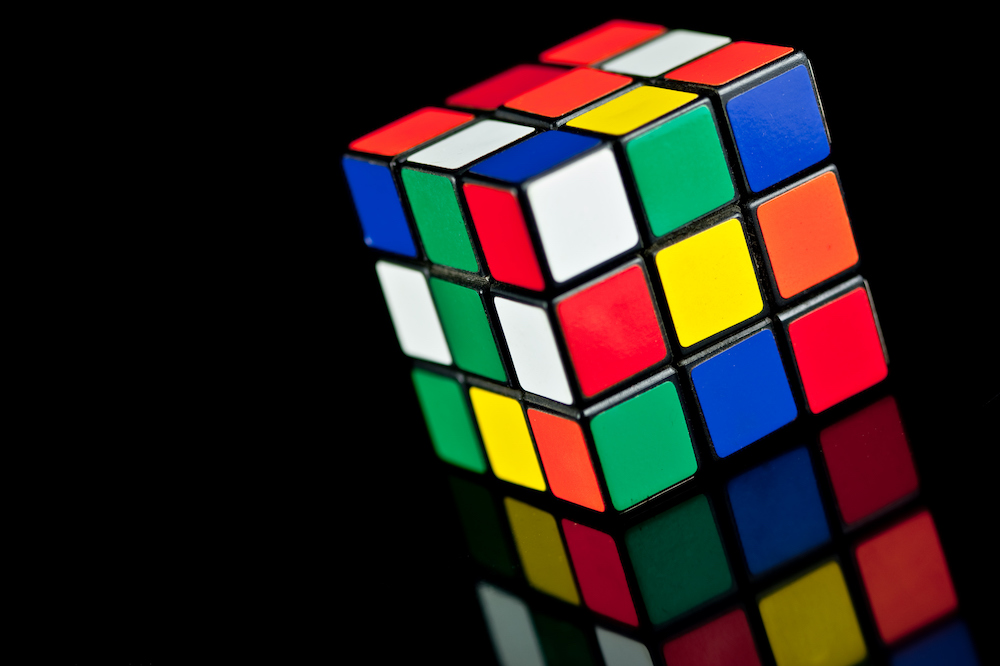Rakewell, Apollo’s wandering eye on the art world, takes a rakish look at art and museum stories.
It has been a slow news week, so your roving correspondent has found solace in an old pastime – the Rubik’s Cube. Invented by a fortuitously named Hungarian mathematician, Erno Rubik, the six-sided puzzle has become so ubiquitous that an estimated one in seven people in the world have played with one at some point. It’s a game that people devote their lives to solving as quickly as possible – to the extent that it has spawned ‘cubist’s thumb’, which is not an affliction suffered by Braque but a form of tendonitis that comes from too much time spent playing with Rubik’s Cubes. The thing itself has become an icon of efficient design and the name has even entered popular parlance as a byword for a conundrum. And it has just celebrated its 50th birthday.
Or has it? Rakewell’s interest has been piqued by the fact that there seems to be some debate about the date of its invention. Rubik himself says 19 May 1974, but other sources have claimed that it was created the following month. To make matters even more complicated, the cube Rubik made that year was not actually called the Rubik’s Cube but the Hungarian Magic Cube; and it wasn’t commercially available until 1977. And if that weren’t enough, next week is Erno Rubik’s 80th birthday. If only there were an apt simile with which to describe this unsolvable tangle.
This is not quite as brazen an act of temporal obfuscation as that of which Damian Hirst is accused; according to sources close to him, the artist has backdated several of his smash-hit sculptures of animals preserved in formaldehyde, claiming that they were created in the 1990s when they were in fact made in 2017. But the defence put forward by Hirst and his legal team – that the works were conceived in the 1990s, even if they were actually made much later – begs a question. Does it really matter when things were created?
We are taught at school and beyond to separate the art from the artist – why, then, do we attach so much importance to the moment at which the artist put pen to paper, chisel to stone, or bovine to formaldehyde? The Japanese artist On Kawara mistrusted the strictures of time, which is why he invented his own personal calendar: a sheet of ten rows, each representing a decade, on which he would place a tiny dot for each day that passed by. It was only when the calendar became posthumously available that art historians managed to confirm the artist’s date of birth, which was 24 December 1932, not 2 January 1933, as was officially recorded.
Rakewell is well aware that doing away with time completely is a reckless idea. Dates and times are the lifeblood of the art world. Without them, markets would cease to function, auction houses would collapse in on themselves and scholars of art history would be out of a job. But could Hirst, Rakewell wonders, not have feasibly claimed that backdating his sculptures was in fact part of the artwork itself, a nice conceptual flourish that would have elevated his tanks of halved cows and sharks from three-dimensional whimpers into four-dimensional super-works? Time is, after all, a construct – an imperfect one at that – and artists exist to smash down the doors of received wisdom. This might seem like a logical conundrum too complex to solve. Thankfully, there are puzzles available to help resolve this sense of being confounded. Happy birthday Mr Rubik.
Got a story for Rakewell? Get in touch at rakewell@apollomag.com or via @Rakewelltweets.




